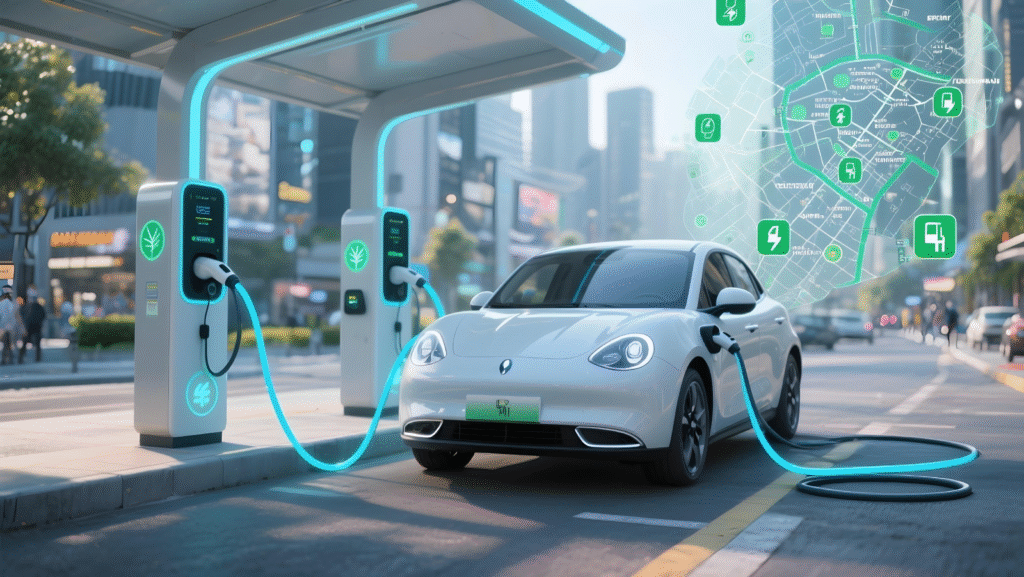Electric mobility has moved from early-adopter novelty to mainstream necessity. Every week you see more battery-powered cars, scooters and delivery vans gliding through traffic. Behind that quiet revolution sits a crucial question: where can drivers reliably plug in? Understanding the landscape of vehicle charging stations near me equips you to seize the business openings emerging across Indian cities.
Why Accessible Charging Matters
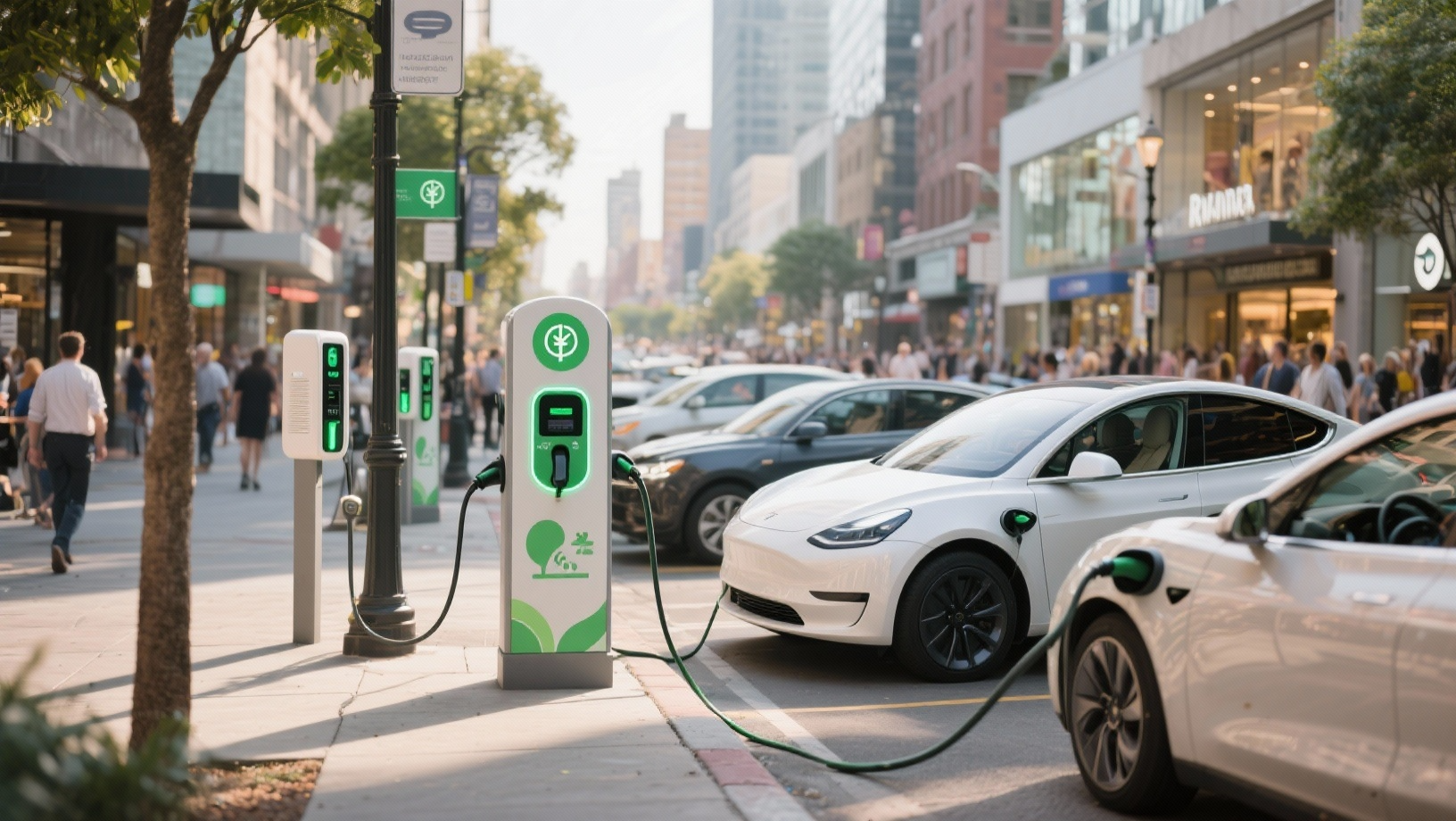
Electric vehicles (EVs) deliver cleaner air and lower running costs, yet they still need energy top-ups. Unlike traditional petrol pumps, a vehicle can charge while idle at home, in office car parks or outside a shopping mall. That flexibility only works when chargers are installed at scale. Delhi’s own strategy highlights the point: a working group spanning transport, power and municipal bodies is driving the roll-out of 30,000 charging points across the capital. The goal is simple—remove “range anxiety” so drivers embrace electric two- and three-wheelers, which currently account for 42 % of Delhi’s vehicular PM 2.5 emissions. When you see the phrase vehicle charging stations near me trending on search engines, it reflects this very need for everyday, convenient access.
Entrepreneurs who grasp the urgency of infrastructure gain a head-start. Miss the moment and you risk arriving after prime real-estate has been secured by rivals.
Understanding Vehicle Charging Stations
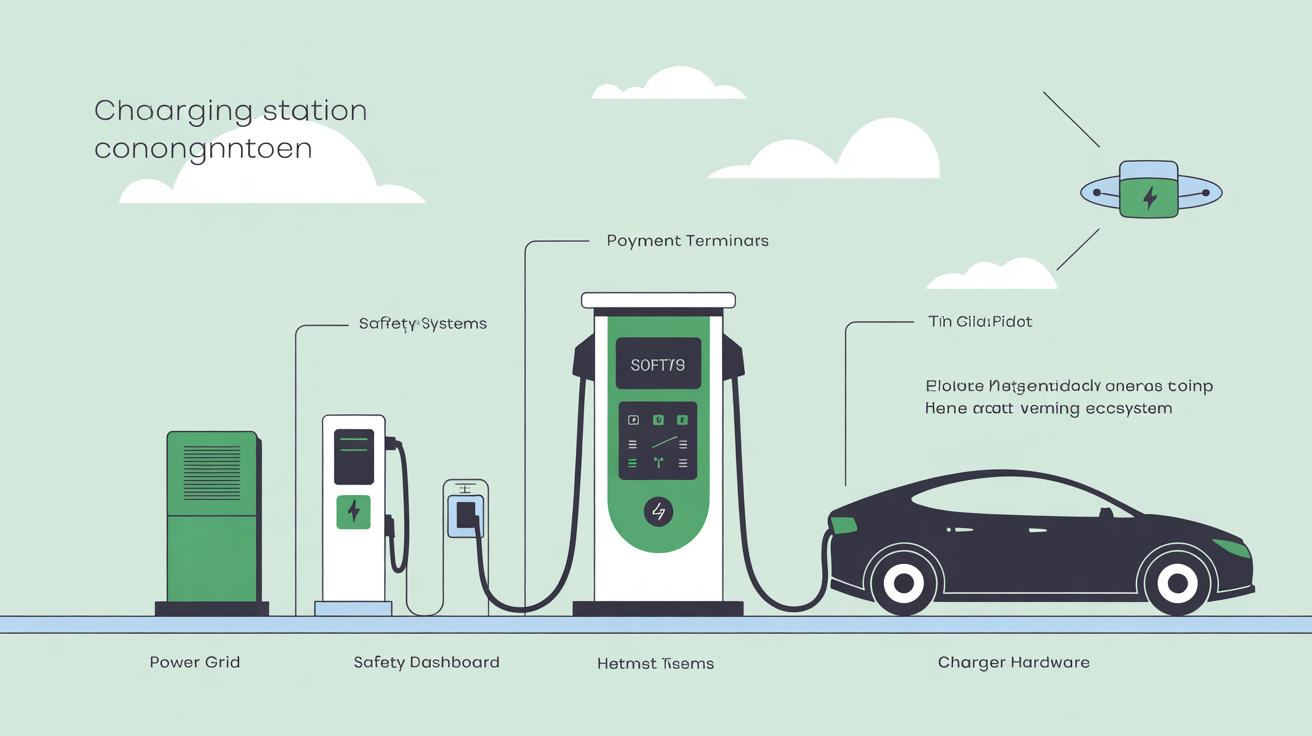
A charging station is more than a plug on a wall. It is a micro-ecosystem combining power supply, safety protocols and software that coordinates payment as well as charger health. Delhi’s inter-departmental working group recognises this complexity, ensuring that power utilities, transport officials and municipal corporations align on standards and grid capacity. The core objectives of any successful network include:
- Ubiquity: chargers must appear wherever vehicles naturally park—residential lanes, commercial hubs, hospitals, theatres and malls.
- Reliability: downtime erodes trust, so maintenance schedules and remote monitoring are mandatory.
- Scalability: policies must support thousands of units, not merely pilot projects.
Government policy has become the catalyst. By framing EV adoption as both a pollution-reduction and economic-development measure, authorities unlock funding, streamline permitting and set clear targets. The planned 30,000 chargers in Delhi represent only the beginning; states across India now mirror similar ambitions. As you assess vehicle charging stations near me, always check how local regulations shape timelines, subsidies and grid upgrades.
The Main Types of Charging Stations
The word “station” may conjure images of a large forecourt, yet modern charging comes in several flavours. Understanding each category lets you tailor your investment strategy.
1. Public Charging Hubs
Malls, cinemas and hospitals already attract steady footfall, making them ideal hosts for public chargers. Users top up while shopping or attending an appointment, turning waiting time into productive charge time. For landlords, chargers add foot traffic and extend customer dwell times.
2. Private and Semi-Public Chargers
Homes, offices and residential societies fall into this bracket. Because vehicles stay parked for hours, even slower chargers meet daily needs. Delhi’s single-window process, coupled with subsidies that slash hardware costs by up to 70 %, removes the friction that once deterred property owners. If you manage an apartment complex or corporate campus, integrating these chargers can lift occupancy rates and tenant satisfaction.
3. Battery Swapping Stations
For commercial fleets chasing minimal downtime, swapping a depleted battery for a full one beats waiting. These specialised sites keep pre-charged packs ready for instant exchange, a compelling offer for delivery bikes and auto-rickshaws that run tight schedules. While still nascent, swapping answers the pain point of lengthy charge sessions.
4. Fleet-Focused Depots
Logistics operators often install clusters of chargers within their own yards. Although not strictly public, they illustrate how diverse the term vehicle charging stations near me can become—serving private corporate needs yet still easing pressure on public infrastructure.
By diversifying charger types, cities cater to every use case from two-wheeler commuters to long-haul van fleets.
Finding Charging Stations Near You
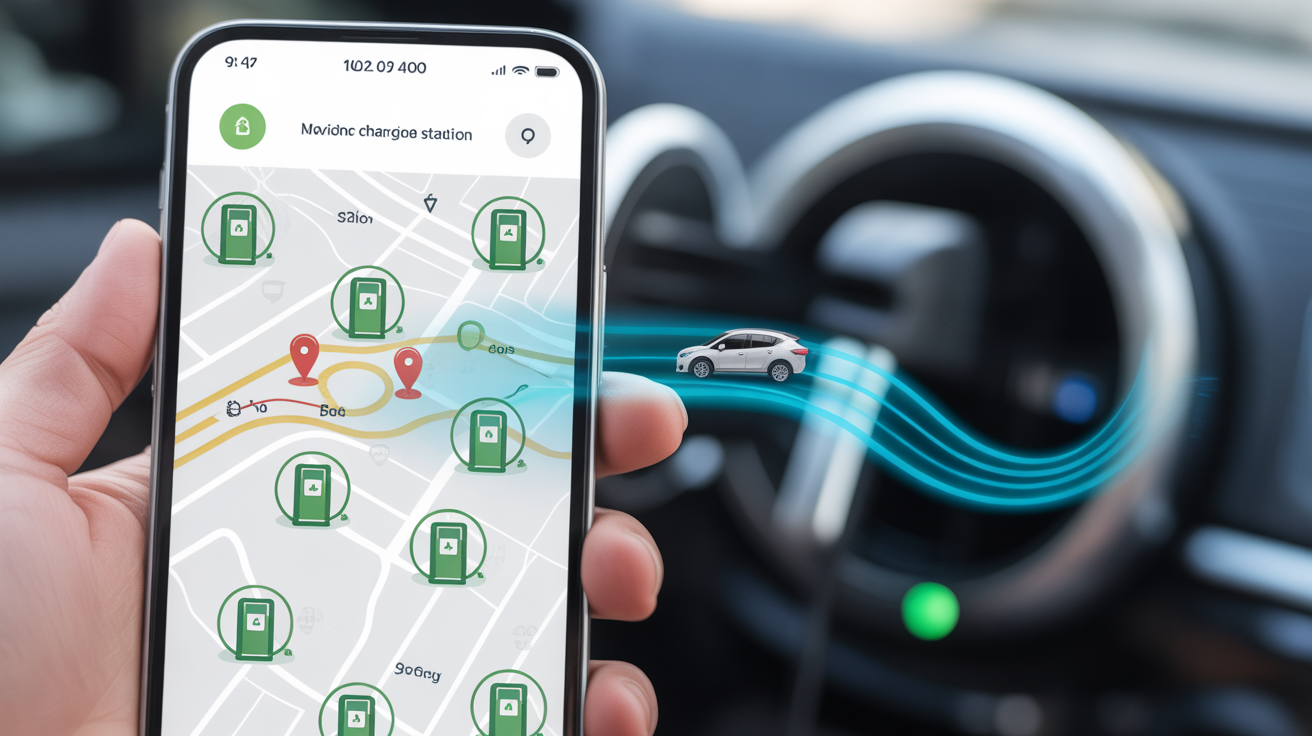
Today’s drivers rarely rely on guesswork. Digital platforms list more than 5,500 charging stations across 620+ Indian cities, and navigation systems now integrate live charger data. Simply search “vehicle charging stations near me” on your preferred app to view real-time availability, connector type and pricing.
Entrepreneurs scouting locations should mirror the same practice. Analyse map clusters to spot underserved corridors. Common mistakes include:
- Trusting outdated databases—use apps that refresh listings daily.
- Ignoring charging speed—advertising a slow unit beside an expressway creates frustration.
- Forgetting idling patterns—installing chargers where vehicles never park long enough undermines uptake.
When you line up your next site, walk the area, note parking dwell times and verify grid strength. Those steps convert digital insight into profitable on-ground action.
Government Initiatives and Incentives You Can Leverage
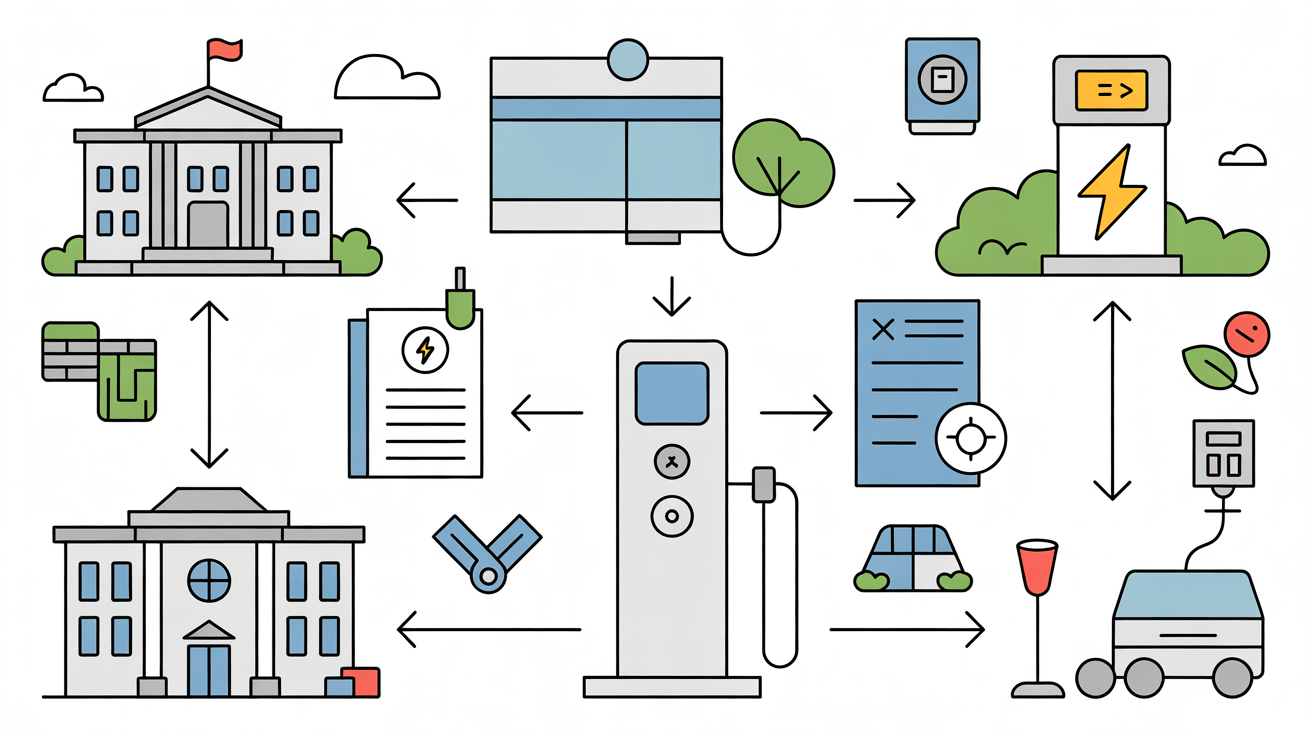
Policy support turns ambitious proposals into profitable ventures. Delhi’s EV policy proves instructive:
- A single-window portal fast-tracks permits, sparing applicants the bureaucratic dance across multiple departments.
- Subsidies cut charger and installation costs by as much as 70 %, a sizeable boost to return on investment.
- Inter-agency coordination, chaired by the Dialogue and Development Commission’s Vice-Chairperson, resolves power-capacity bottlenecks before they derail projects.
Other states replicate these levers, offering capital grants, reduced electricity tariffs or tax breaks. Keep an eye on new tenders that encourage private operators to build and run public stations—often with assured minimum usage payments. The moment you evaluate a parcel of land or a multi-storey car park, cross-check regional schemes; they may tip your business case from marginal to compelling.
Thunderplus, for instance, emerged as an early beneficiary by aligning its deployments with such policies, demonstrating how nimble firms can scale swiftly when they dovetail with official blueprints.
The Future of Charging Infrastructure
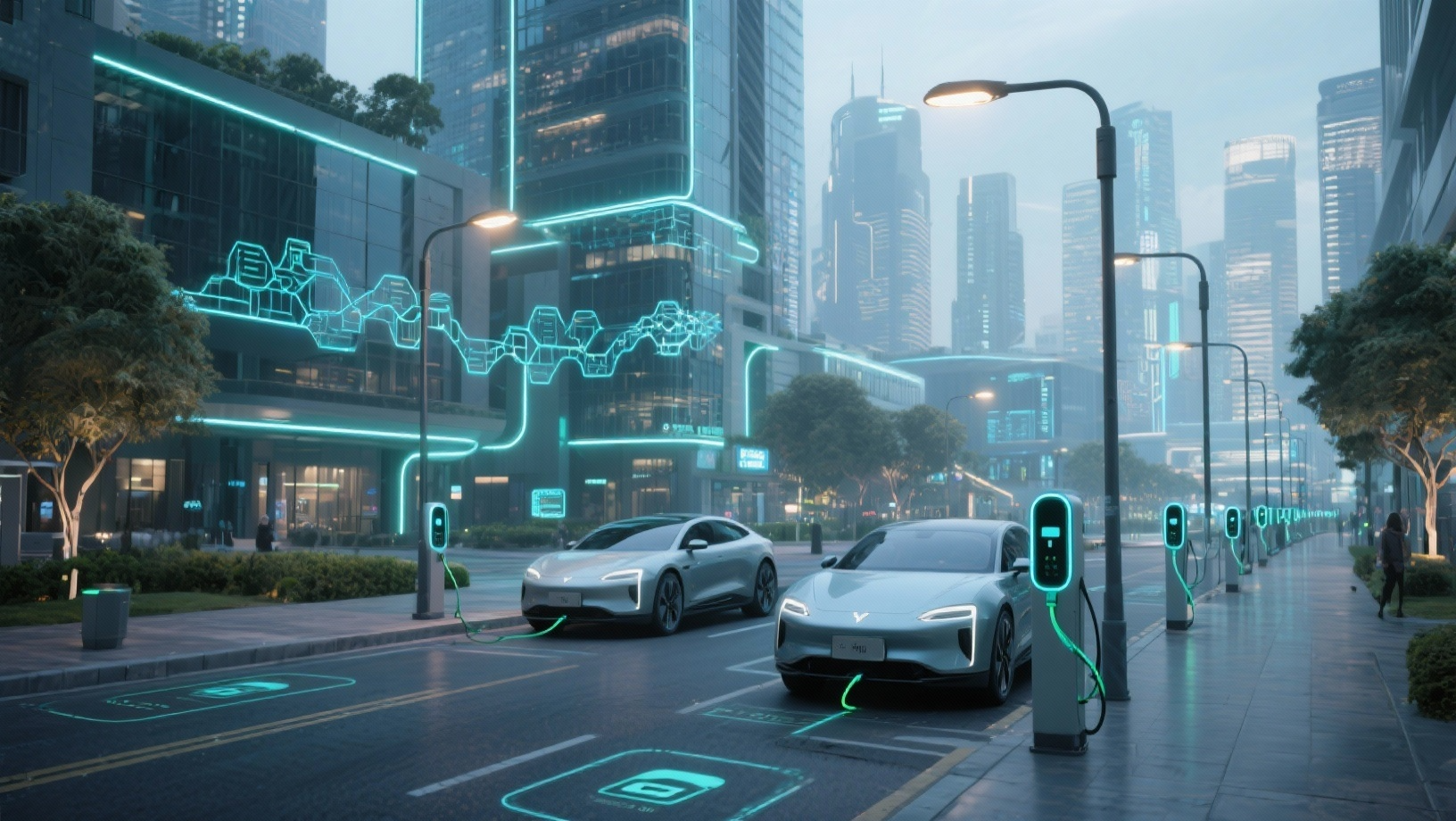
Look beyond today’s charger counts. Delhi’s 30,000-point target focuses heavily on two- and three-wheelers, a segment responsible for nearly half the city’s vehicular particulate emissions. Expect planners to make similar calculations nationwide, aligning charger density with pollution hotspots.
Key trends shaping the next wave:
- Leveraging private and semi-public spaces like corner shops (kirana stores) for micro-chargers.
- Deeper collaboration between government and property owners to bundle chargers into redevelopment projects.
- Smarter grid management where chargers communicate with utilities, adjusting load during peak demand.
Cities aim to evolve into EV-friendly ecosystems where you seldom drive more than a few minutes before seeing vehicle charging stations near me on your dashboard. For entrepreneurs, that vision translates into persistent demand for installation, operation and maintenance services.
Avoid underestimating community outreach. Stations succeed when neighbours view them as value additions rather than eye-sores. Engage local residents’ associations, showcase benefits and offer introductory rates to early users.
Practical Steps to Enter the Market
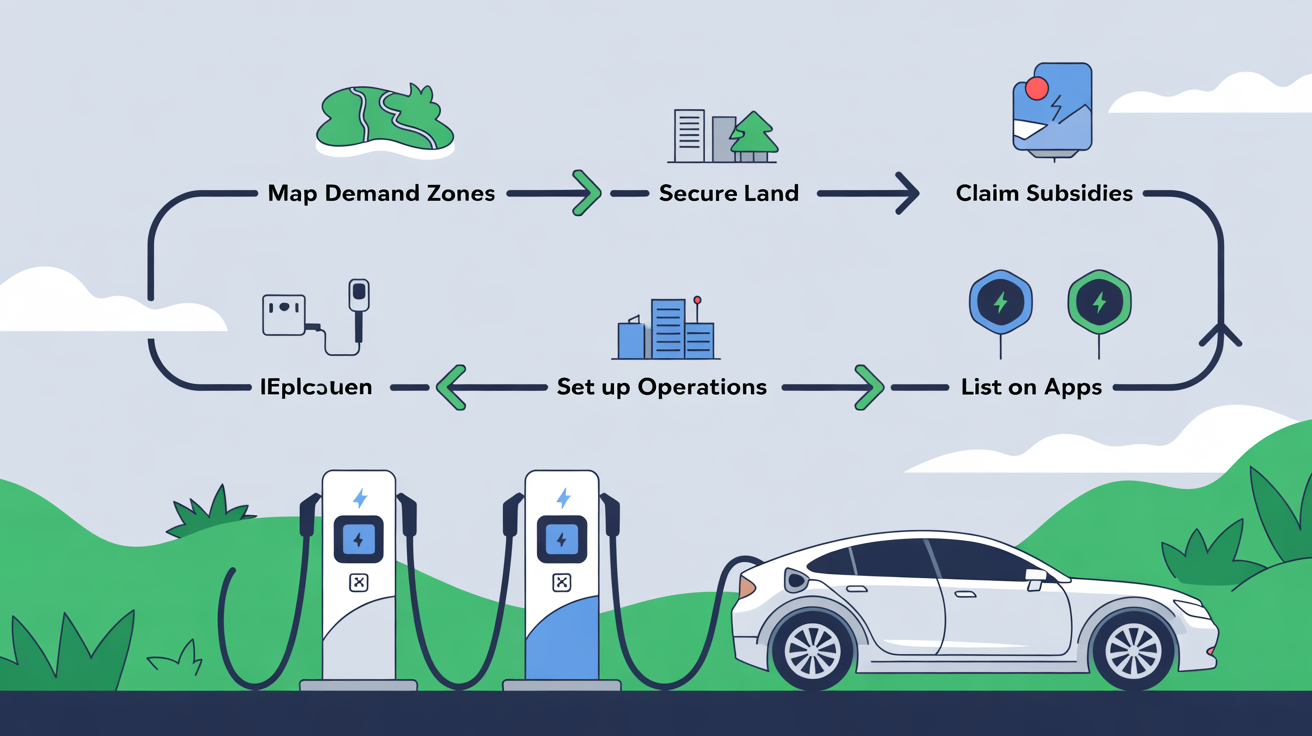
- Map demand zones: Pull data from charging apps and municipal EV adoption reports to identify charger deserts.
- Secure strategic land or parking agreements: Malls, hospitals and office parks welcome proposals that enhance their sustainability credentials.
- Tap incentives: Use the single-window portal to claim subsidies and expedite approvals.
- Choose the right mix of chargers: Public fast chargers, private slow units and battery swapping bays may coexist on a single site.
- Build robust operations: Remote monitoring, customer support and routine maintenance safeguard uptime.
- Market your location: List your station on every major app so the phrase vehicle charging stations near me routes drivers straight to your doorstep.
Pro tip: factor idle-charging behaviour into pricing. Overnight residential tariffs could differ from high-turnover retail sites where dwell time is shorter.
Looking for reliable vehicle charging stations near you? Explore ThunderPlus’s extensive EV charging network in India and find the perfect charging solution for your needs at thunderplus.io.
Frequently Asked Questions
Q1. Where are vehicle charging stations near me?
Use reputable EV-charging apps or your in-car navigation system. They aggregate over 5,500 stations across 620+ Indian cities and provide real-time availability so you can locate the nearest option instantly.
Q2. How much do vehicle charging stations cost?
Delhi’s subsidies can reduce hardware and installation expenses by up to 70 %. Final figures depend on charger speed, grid upgrades and site preparation, but incentives make ownership far more affordable than a few years ago.
Q3. What is vehicle charging stations near me open now?
Most public chargers at malls, hospitals and 24/7 facilities remain operational round the clock. Check your chosen app’s live status indicator to confirm availability before heading over.
Q4. How do I install a private charger in my residential complex?
File through the single-window process introduced by the Delhi Government for streamlined approval and subsidy claims. Once approved, arrange electrical connection and pick a certified installer to ensure safety compliance.
Q5. What are the benefits of battery swapping compared with conventional charging?
Swapping eliminates wait time by exchanging a depleted battery for a charged one, making it ideal for fleet operators and commercial two-wheelers that cannot afford downtime.
Q6. My public charger shows as ‘busy’ on the app even though no car is plugged in. What should I do?
The status usually means a prior session was not closed correctly. Contact the charger’s customer support number (displayed on the unit) so they can remotely reset it and free the connector for your use.


